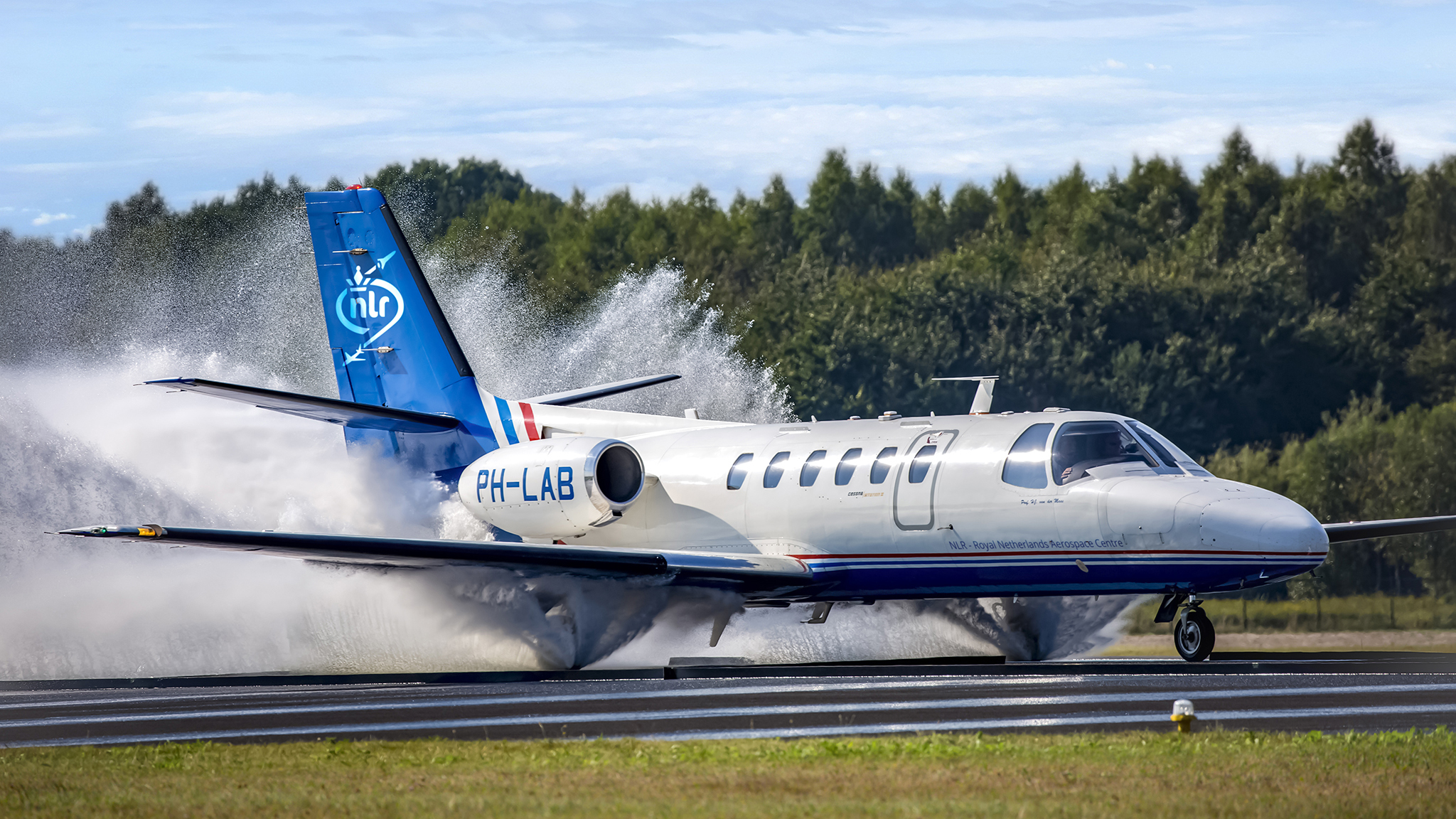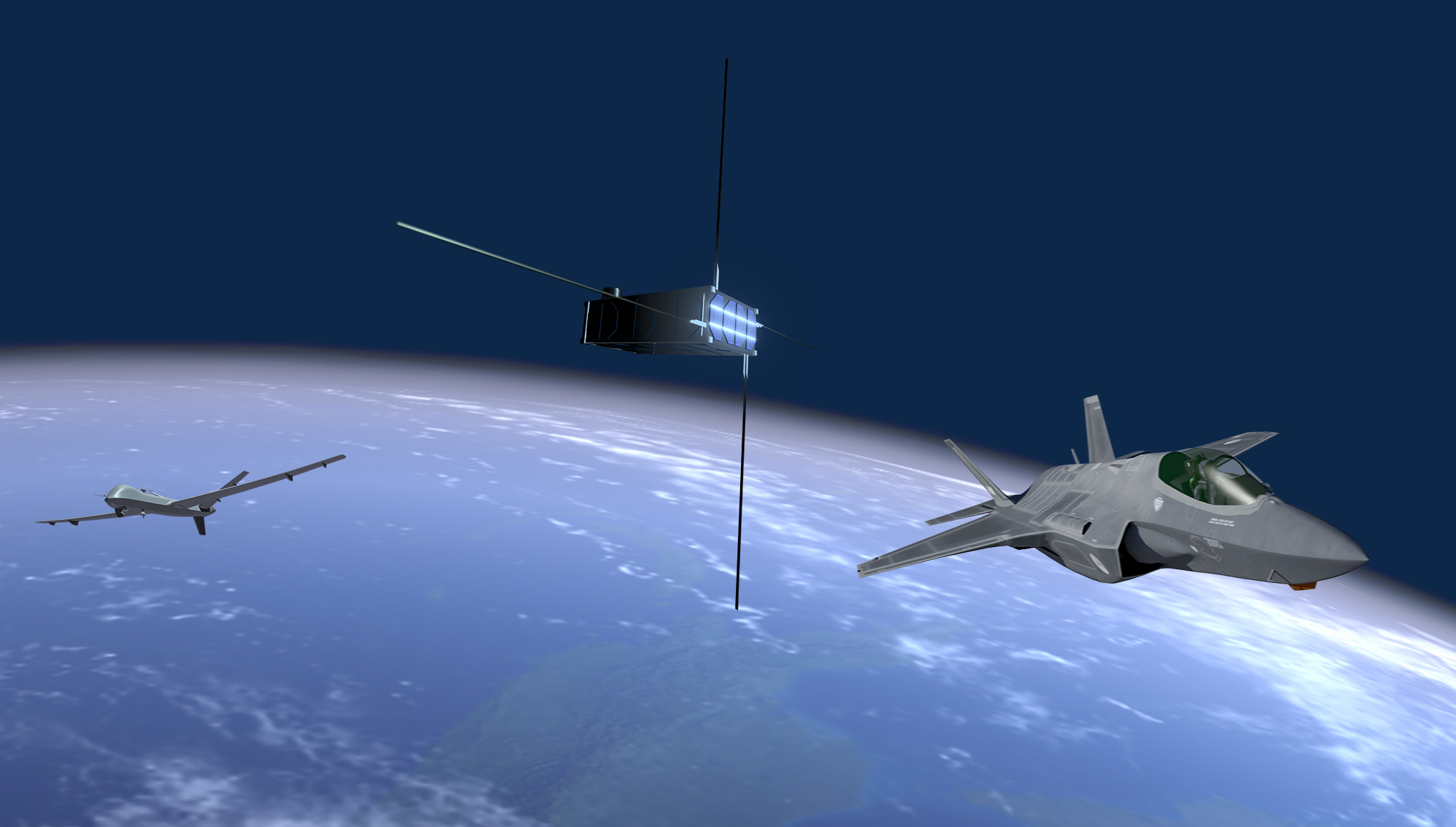
Programme
Future air & space power
In this programme, NLR is building a leading knowledge position in the field of training and simulation, making aerospace part of information-driven, multidomain and integrated operations. We do this together with our national and international (EU, NATO) partners. The focus lies on knowledge of threat systems and technology, the corresponding countermeasures, and education and training. This approach spans the entire TRL (Technology Readiness Level) chain, from conceptual level and technological development through to operations and training.
NLR proposes solutions to the Ministry of Defence and the Ministry of Justice and Security which contribute towards a safer society. These solutions can help in the effective performance of tasks, and can increase the combat readiness of troops and the resilience against new threats in the air and in space.
“ Safety in the skies and in space”
Programme leader Arnaud van Kleef on the Future air & space power knowledge programme
NLR also supports the military, the security services and the police, in the complete life cycle of their (aircraft) material and personnel education and training, so that they can work efficiently and adapt well to changing circumstances.
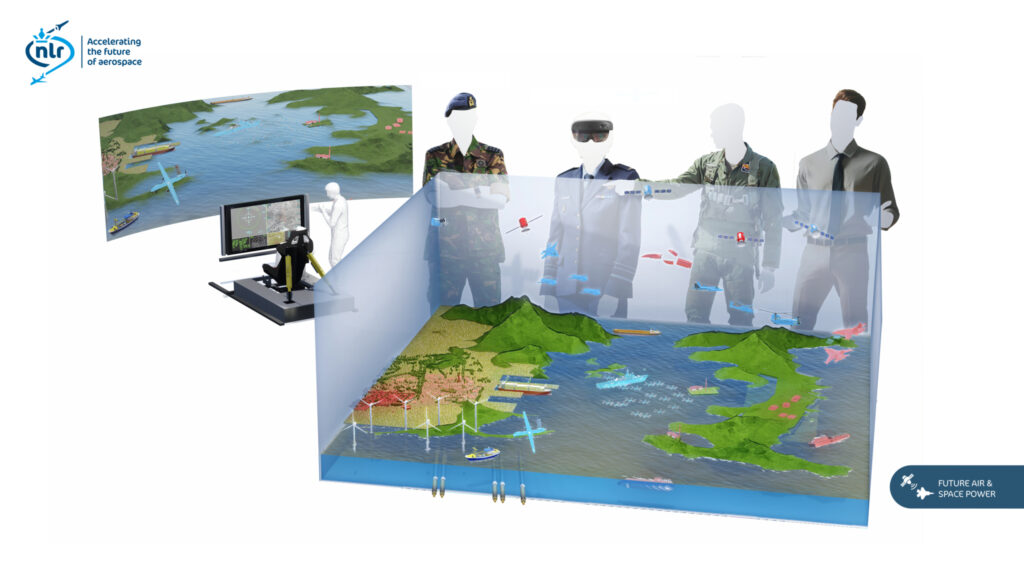
Some projects
Counter-UAS Next Generation
The next generation of systems to counter unmanned aerial vehicles is being further developed through research into Counter-UAS. In 2023, various activities were undertaken, including:
- Research into the effectiveness of sensors and effector systems, by modelling and visualising them;
- research into decision-making processes;
- the creation of an overview of intervention methods and the models that underpin them.

Robust Positioning, Navigation and Timing (PNT)
Knowledge has been developed for robust solutions based on spoofing detection, integrity, and improved accuracy. A concept has been developed for an open, modular architecture that enables the simple combination of different navigation sensors. This has been achieved by studying various navigation sensor technologies and laying the foundation for assessing the integrity of these sensors and their fusion. Relevant use cases, such as a drone flying with a disrupted GNSS signal and a ship whose positioning is disrupted by a GNSS spoofing incident, serve as a guide for the research. Within this research area, the impact of interference on positioning and how the interaction between humans and machines (PNT architecture) can be optimised is also being investigated.
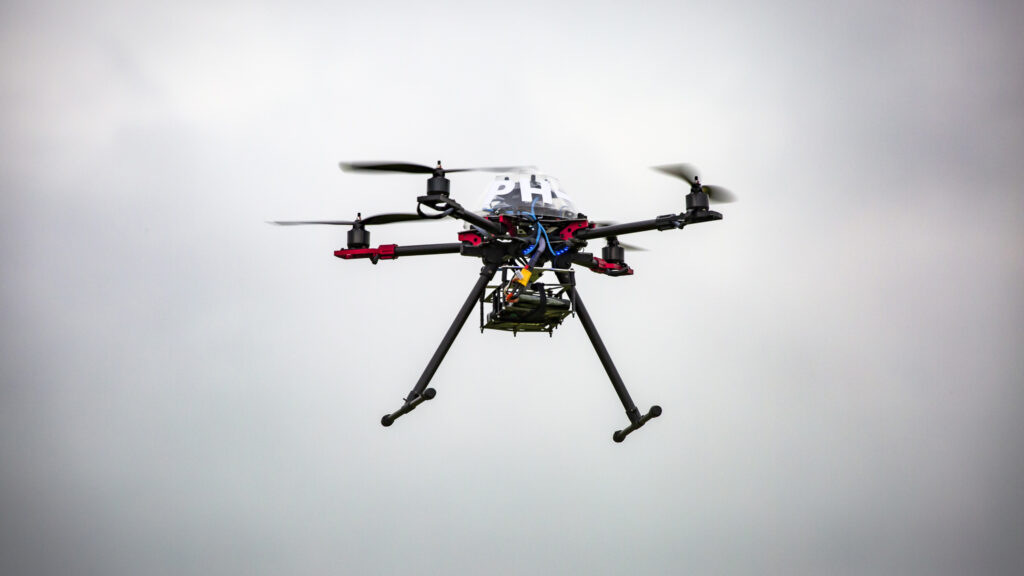
LVC joint and combined airpower
The objective is to build knowledge and create demonstrators with a low Technology Readiness Level (TRL), which is necessary to develop training and education programs. This involves integrating physical and virtual systems into a single Live, Virtual and Constructive (LVC) environment, in order to create an effective training concept. An LVC training concept has been developed and a start has been made on setting up and evaluating LVC training sessions.
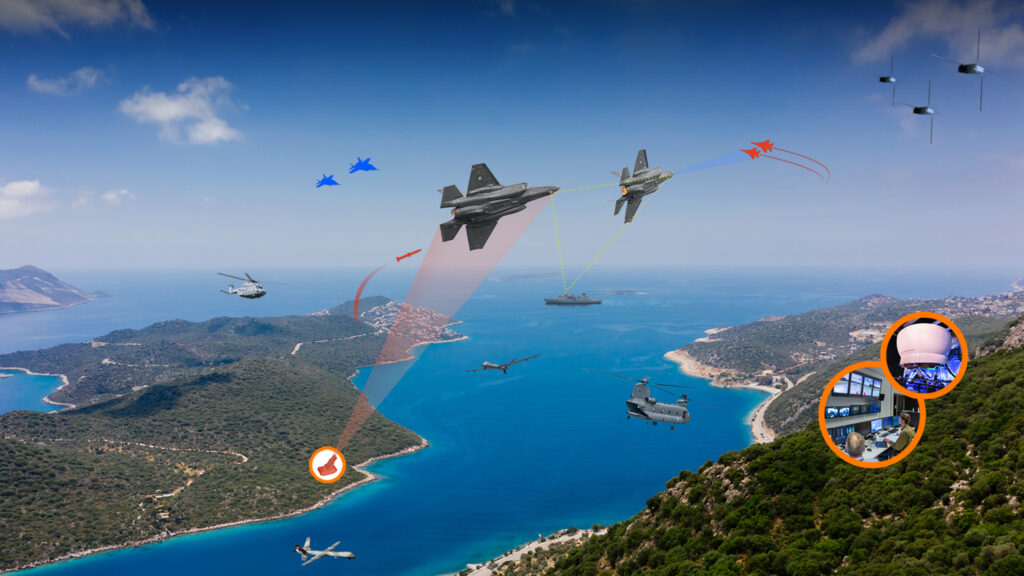
Discover more knowledge and technology
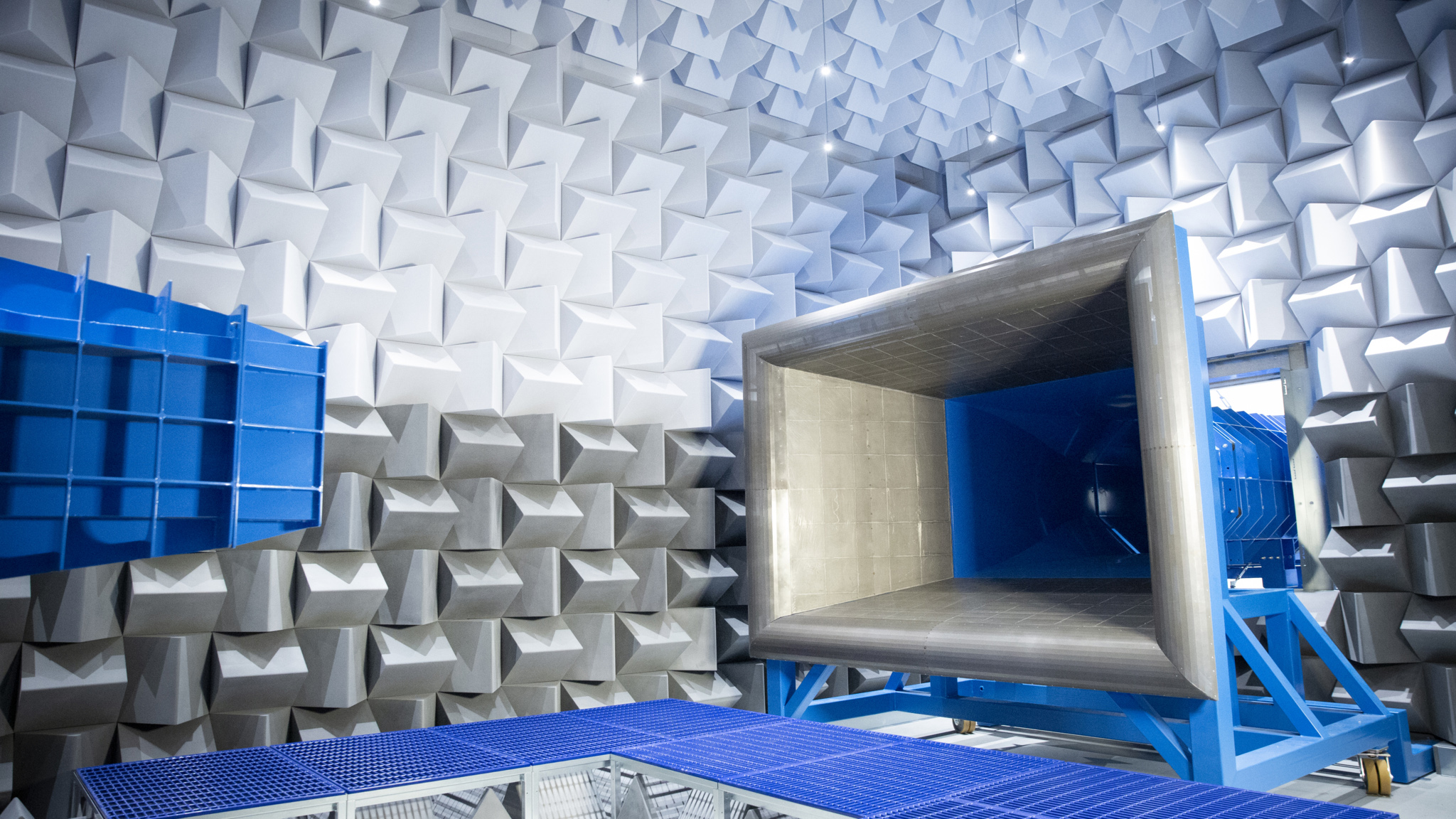
Research infrastructure
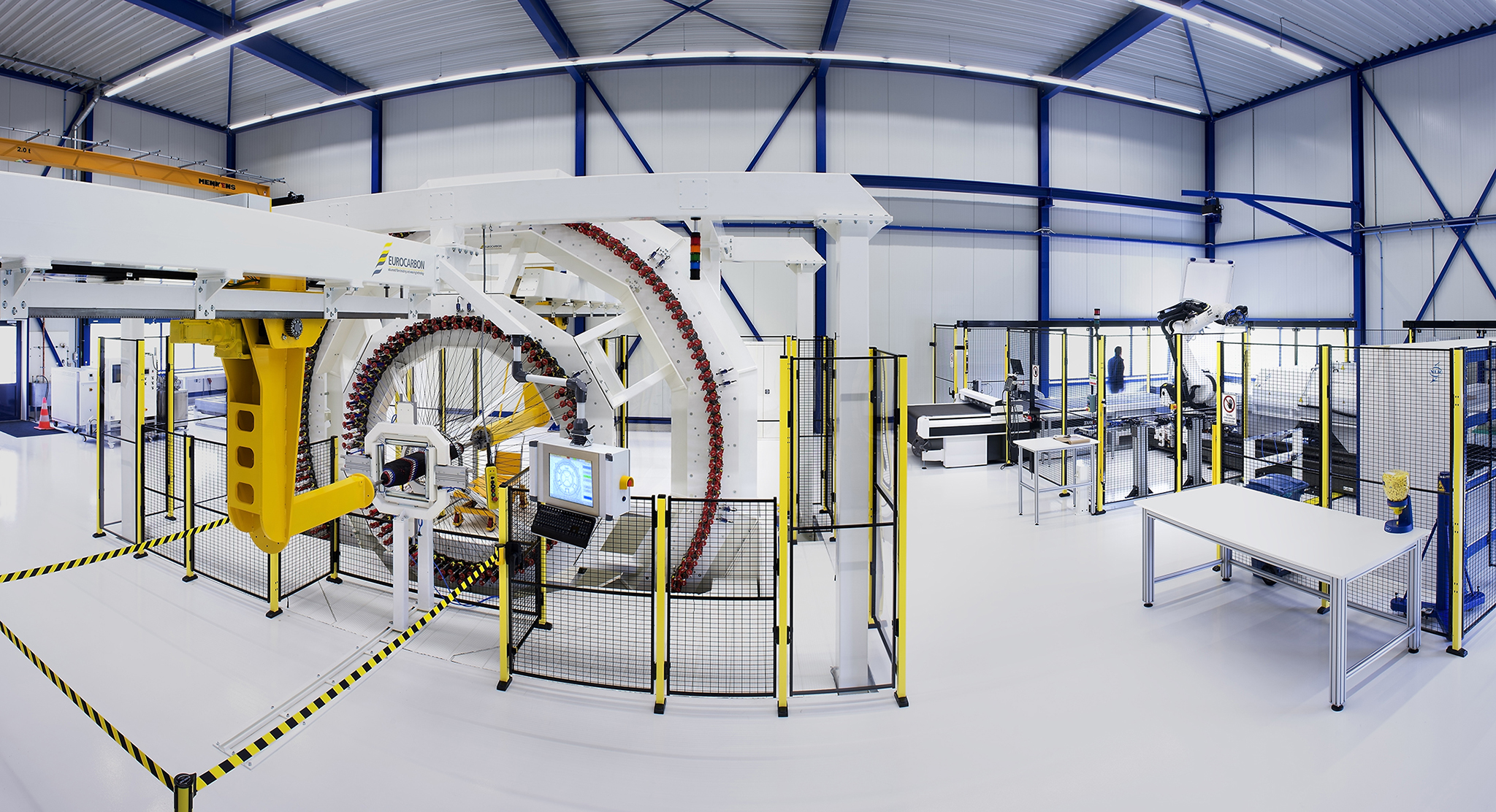
Areas of expertise
